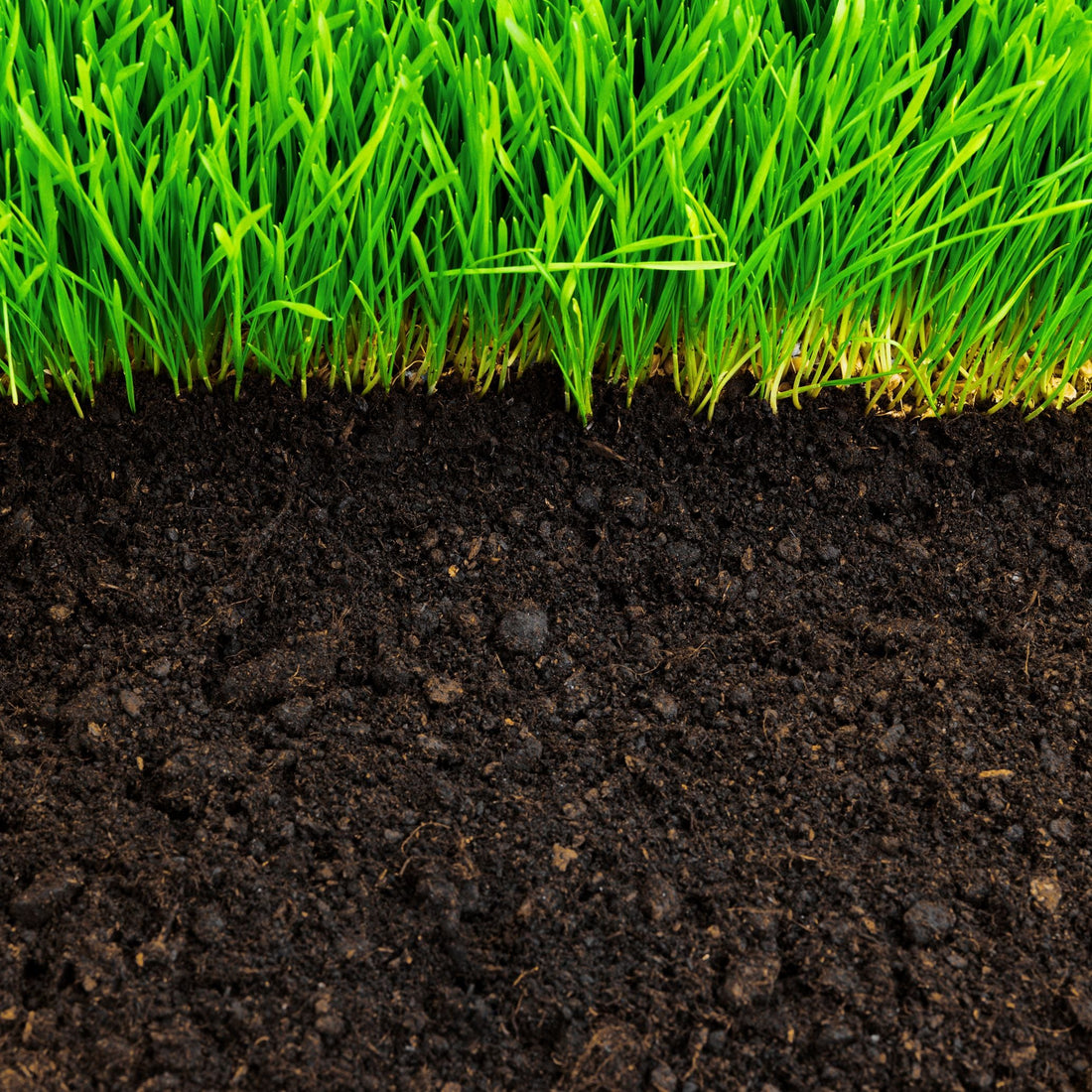Soil pH is a measure of the “potential of hydrogen” or the activity of H+ ions in the soil solution. pH is expressed on a scale of 0-14, with pH below 7 being considered acidic (H+ ions predominate) and pH above 7 being considered basic (OH- ions predominate). Soil pH is a commonly used metric to indicate overall soil health. In soils, if the pH strays too low, the soil can become too acidic for plant growth and likewise, with basic soils, if the pH becomes too high, many plants will also struggle. When it comes to your lawn, keeping your soil pH between 5-8 is generally a good rule of thumb.
So why do we say to keep your lawn somewhere between 5-8? The main reason is it avoids pH extremes that can render some nutrients less readily available for plant uptake. Maybe you’re familiar with this or one of the various iterations of this diagram.

This is called a Truog diagram, named after a soil scientist by the name of Emil Truog. According to Hartemink and Barrow (2023), the relationships between soil pH, nutrient availability and the growth of plants were of prime scientific interest to Truog. This diagram has been printed and reprinted in countless textbooks dealing with soil chemistry. It is meant to depict how “available” a nutrient will be to a plant root based on the pH of the soil. The changes in the width of the bands represent changes in the availability of each nutrient.
But is it really possible for one diagram to summarize the behavior of a system as dynamic as your lawn and its soil? The short answer is no. However, was this ever actually designed to be the “be all end all” diagram that explains nutrient availability in any soil for any crop? The answer to that is also no. Hartemink and Barrow (2023) also state, “Emil Truog believed that the soil pH – nutrient availability diagram presented a fairly reliable picture, but he stressed that it was generalized and tentative and partly based on assumptions as data were lacking.”
It turns out that this diagram was never actually designed to be the answer to all soil pH and nutrient availability relationships. There are many instances where this diagram doesn’t hold up. For instance, the pH of the soil could be different from the pH of the rhizosphere, the area in direct contact with the plant root. It also does not take into account the redox status of the soil, also responsible for determining nutrient forms and consequently nutrient availability. Also, poor crop performance at low pH could be due to aluminum toxicity and not lack of plant-available calcium. The point is that this diagram does a decent job of explaining the broad effects of soil pH on trends in nutrient availability. Instead, remember this final sentence from the abstract for Hartemink and Barrow (2023), “The soil pH cannot be used to predict or estimate plant nutrient availability, and the diagram should not be used as it suffers from numerous exceptions and barely represents any rules.”
As cool as the chart looks and as awesome as it would be to easily rely on it, it’s just not that simple. What can be simple is getting your lawn care plan from Simple Lawn Solutions. You can take our lawn quiz to figure out what will work best for your situation, or contact us to get a personalized lawn plan ready for spring.
*Hartemink, A. E., & Barrow, N. J. (2023). Soil pH-nutrient relationships: the diagram. Plant and Soil, 1-7.









